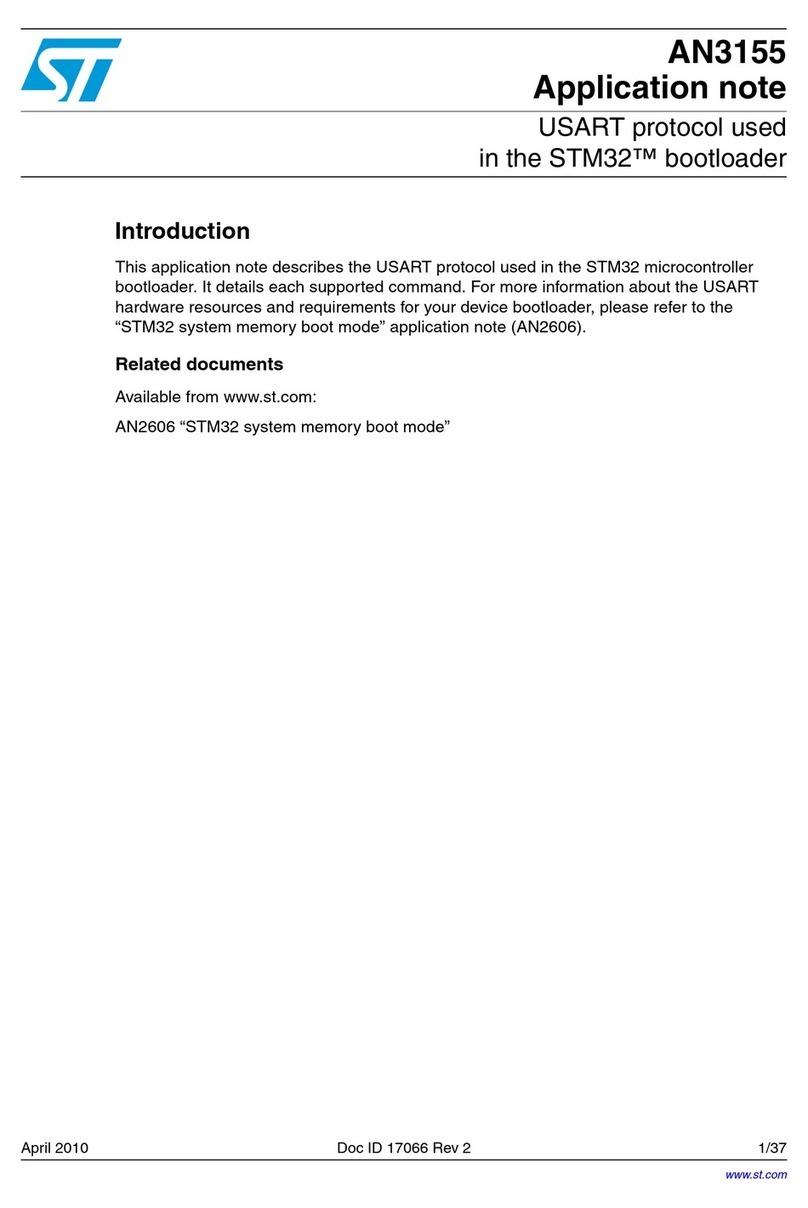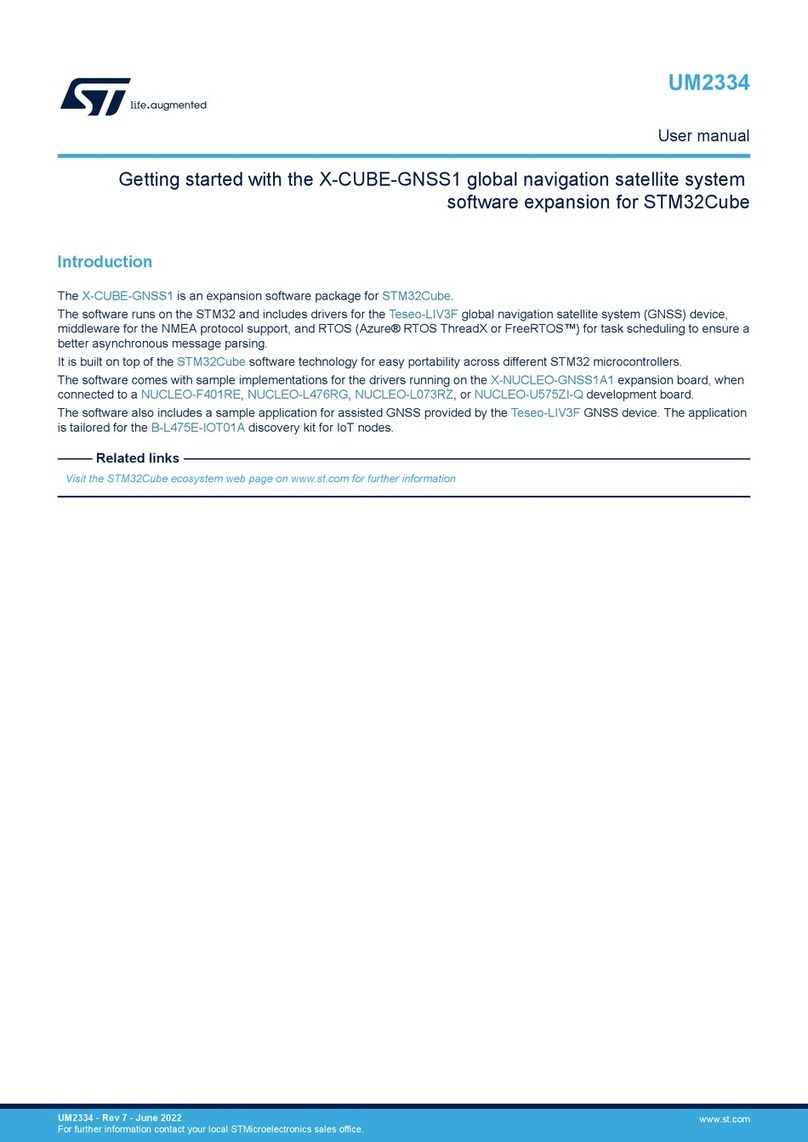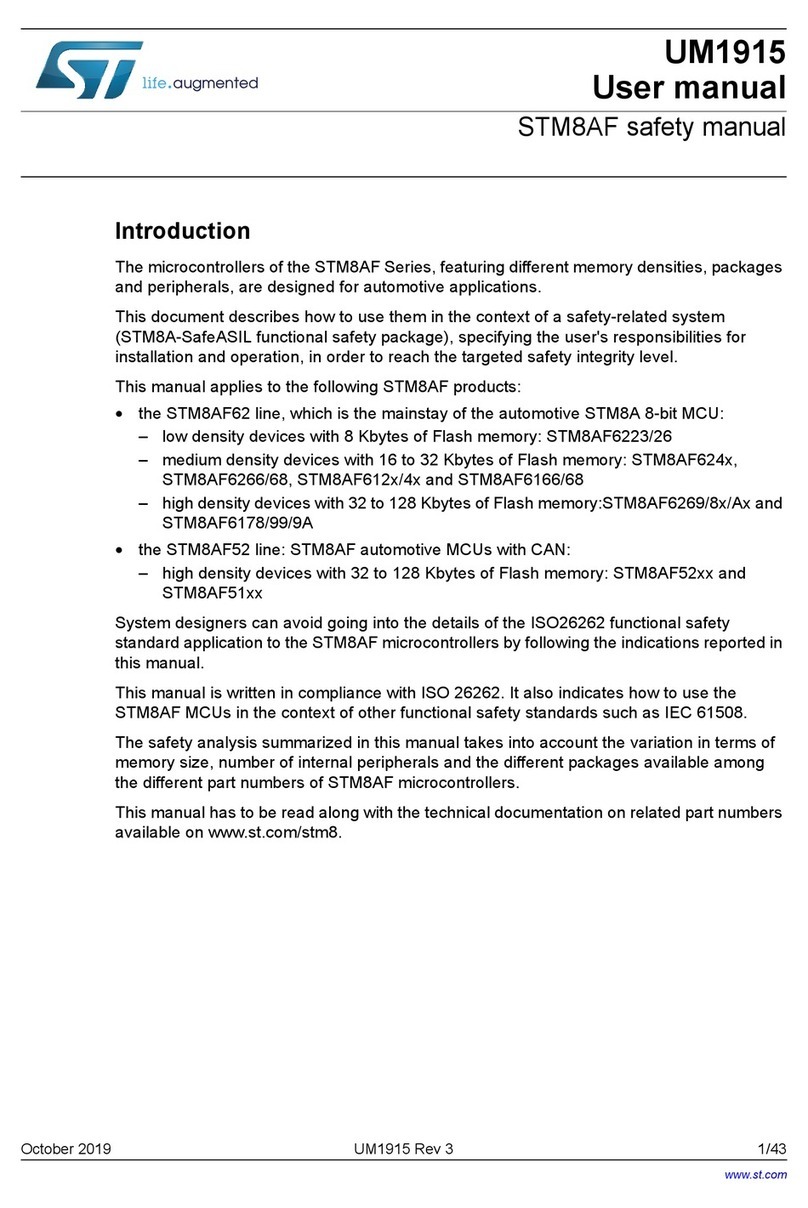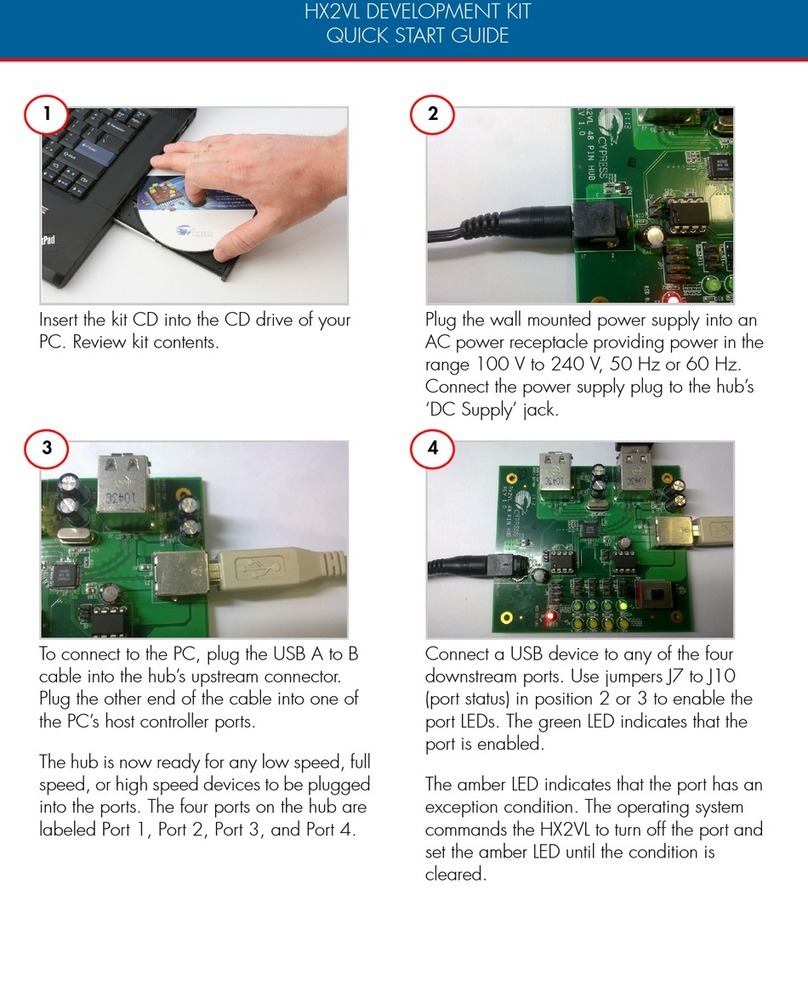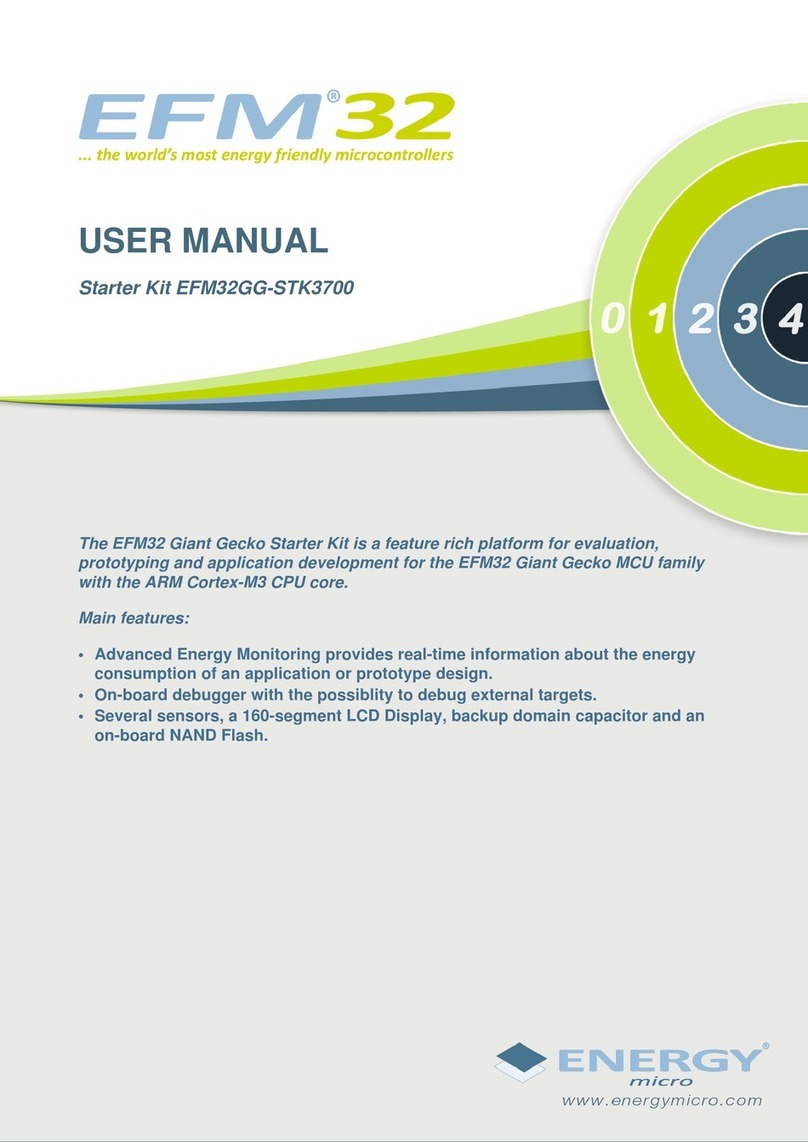ST ST25DV-I2C User manual
Other ST Microcontroller manuals
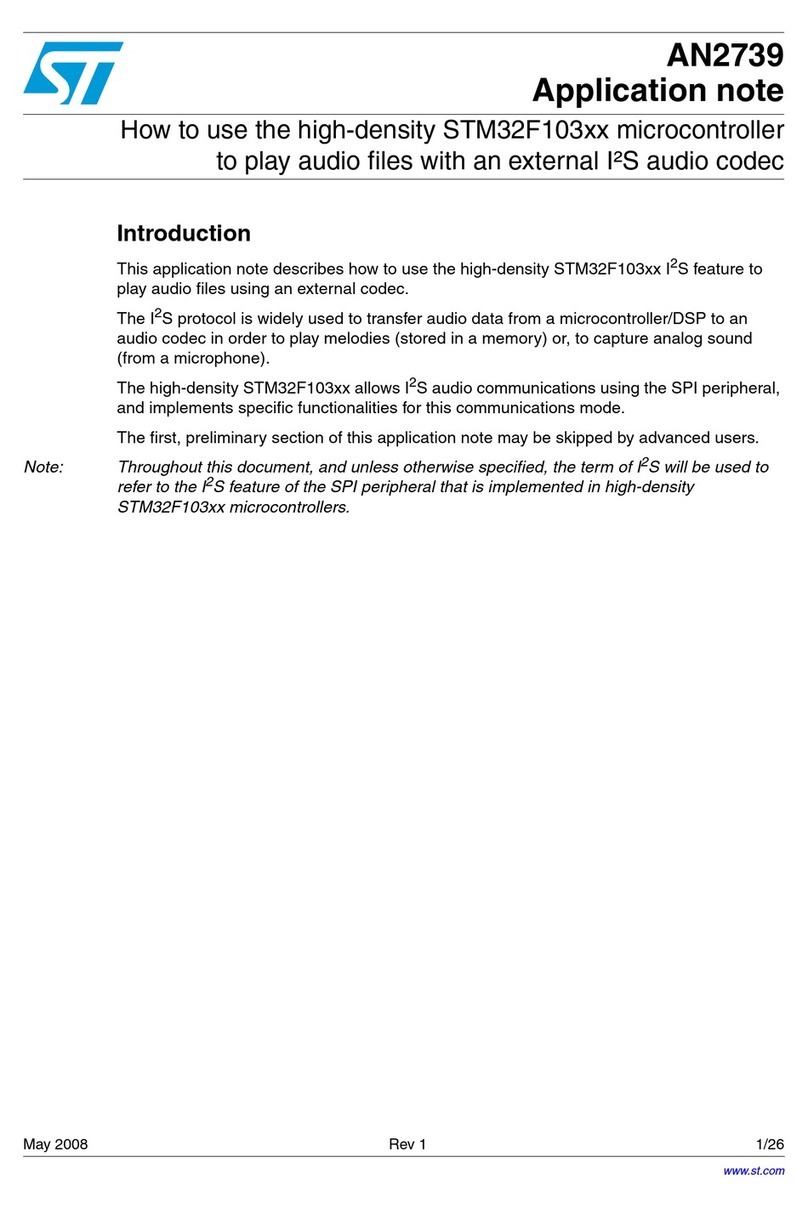
ST
ST STM32F103 series Installation and operating instructions
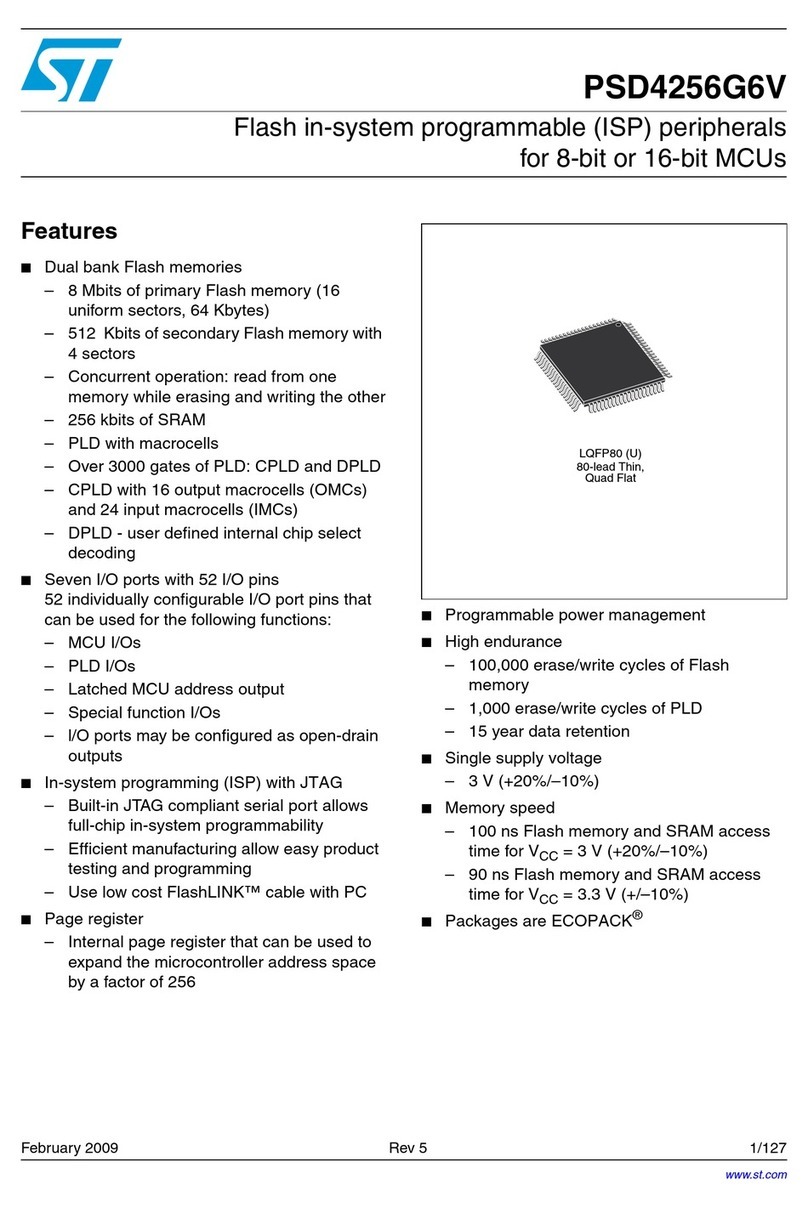
ST
ST PSD4256G6V User manual
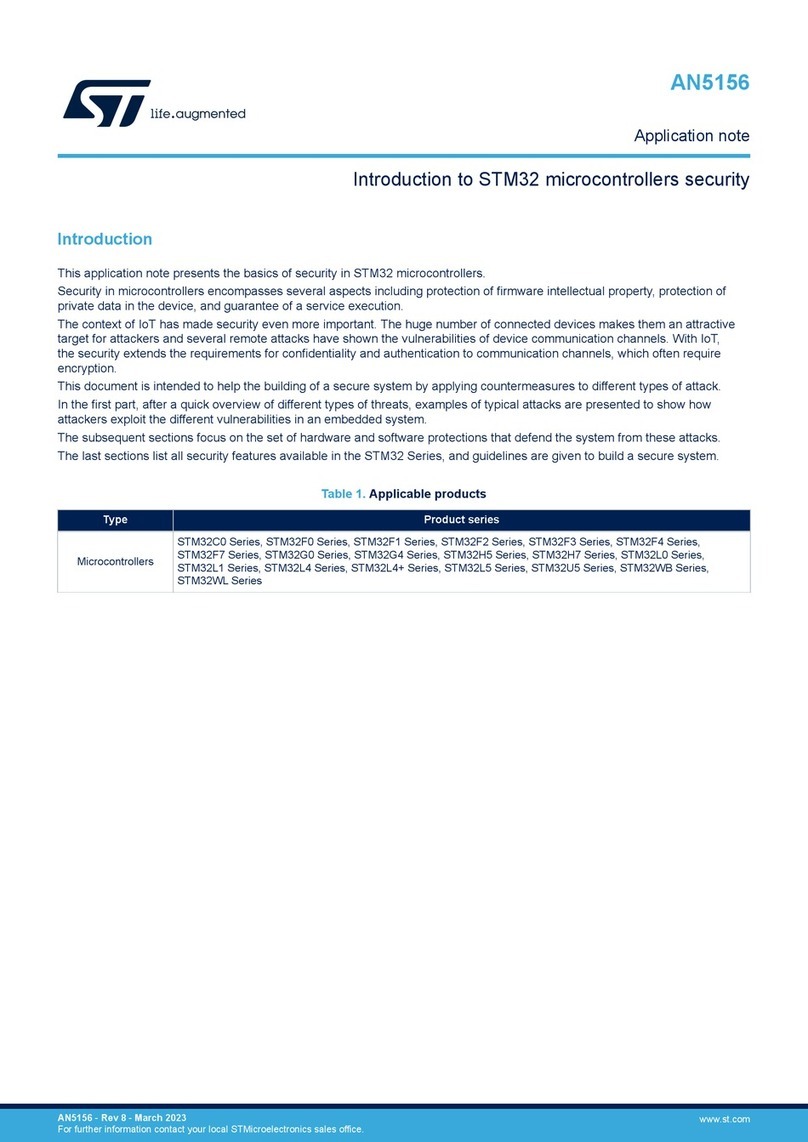
ST
ST STM32C0 Series Installation and operating instructions
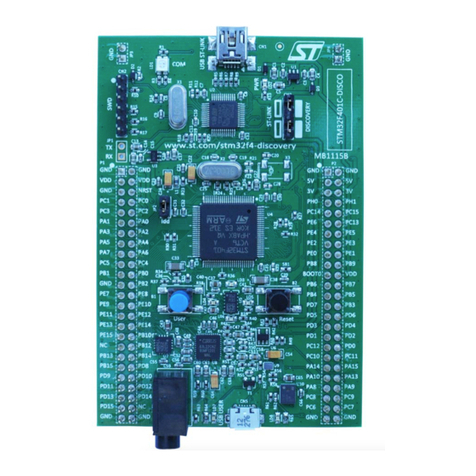
ST
ST STM32F401 Discovery User manual

ST
ST STM32F103 series Installation and operating instructions
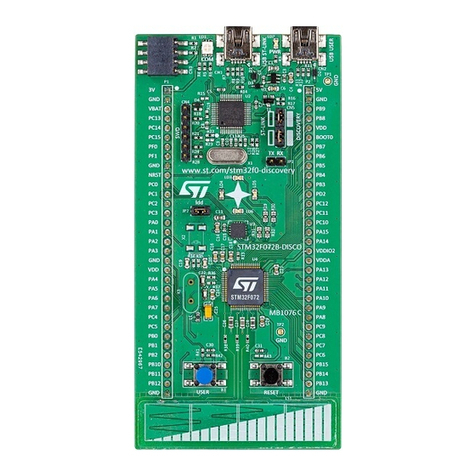
ST
ST STM32F072 User manual
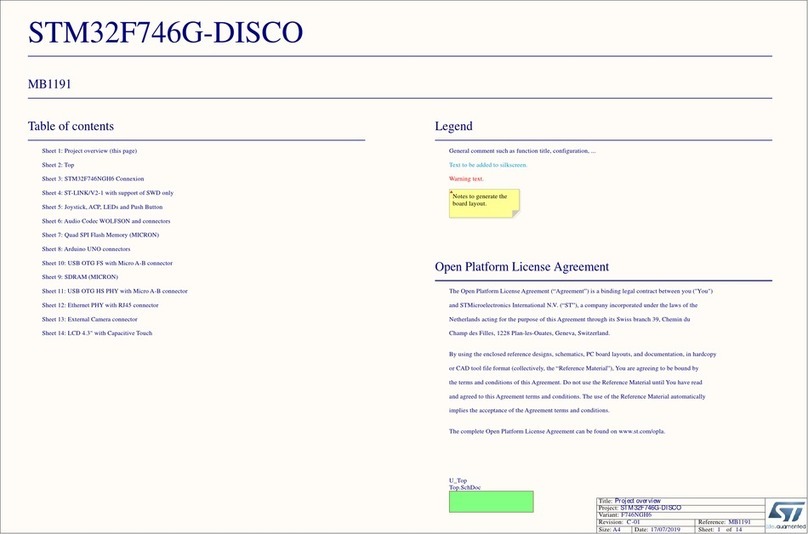
ST
ST STM32F746NGH6 User manual
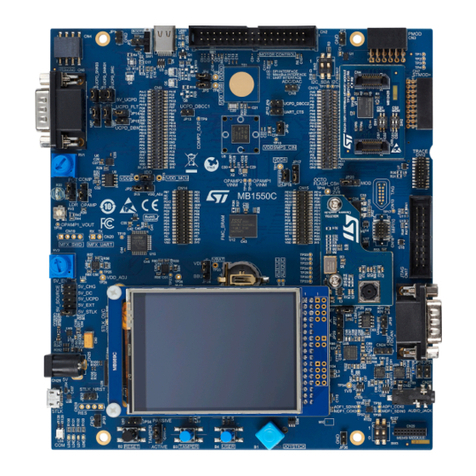
ST
ST STM32U575I-EV User manual
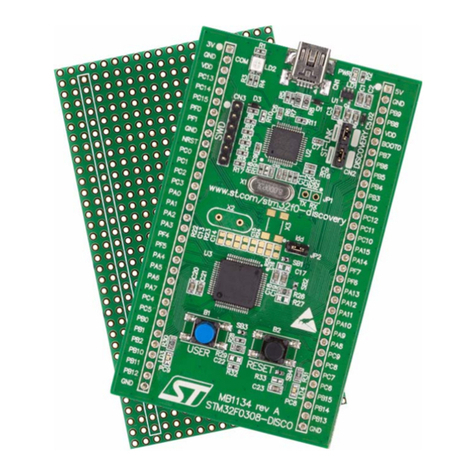
ST
ST STM32F030 User manual

ST
ST STM32F40 Series User manual
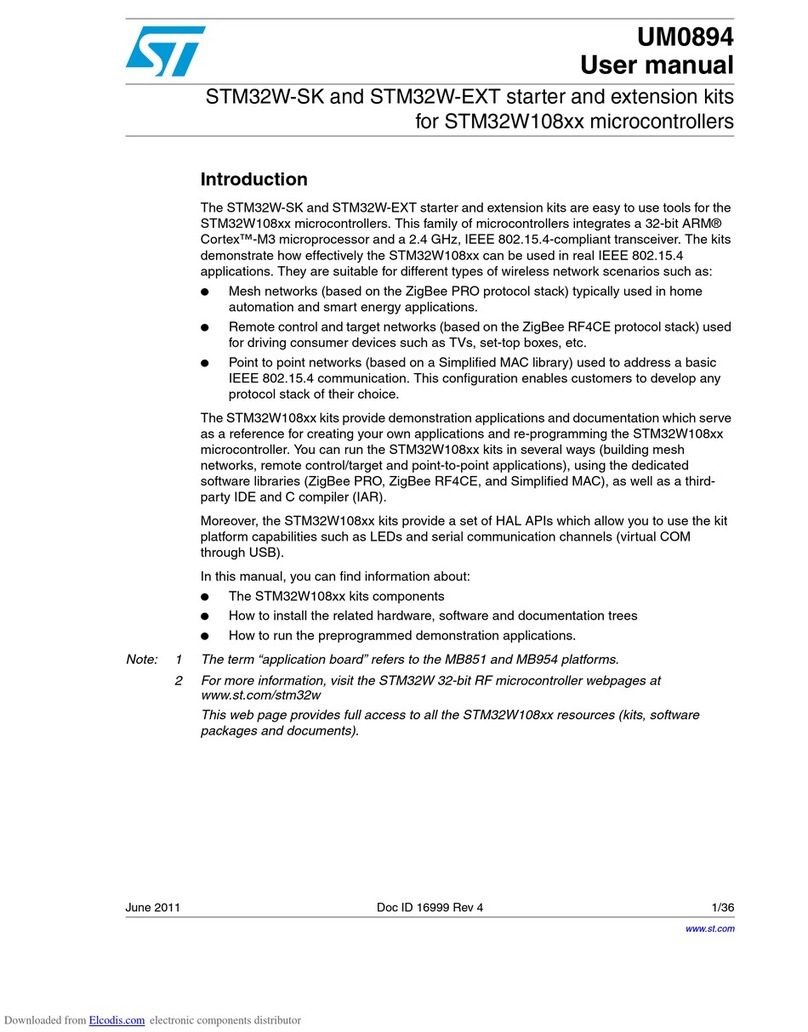
ST
ST STM32W-SK User manual
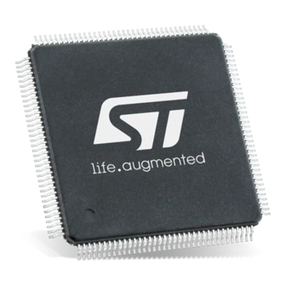
ST
ST STM32F2 Series User manual
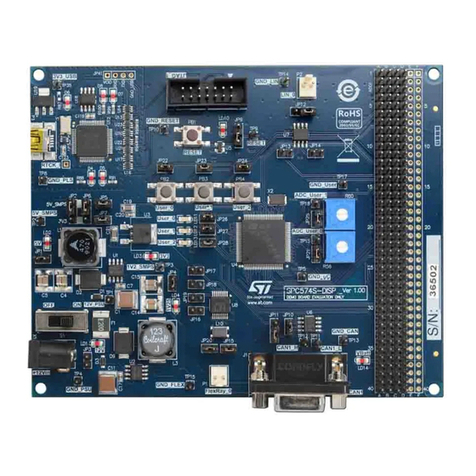
ST
ST SPC574S-DISP Sphaero Discovery+ User manual
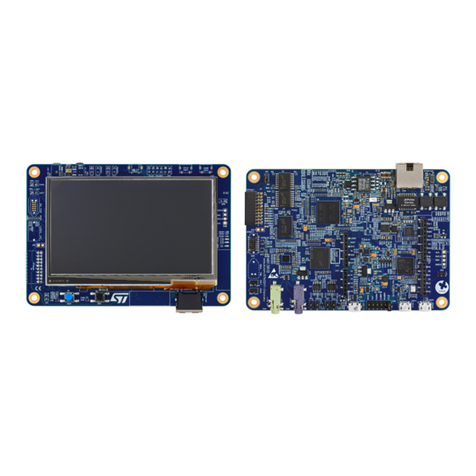
ST
ST STM32H745I-DISCO User manual
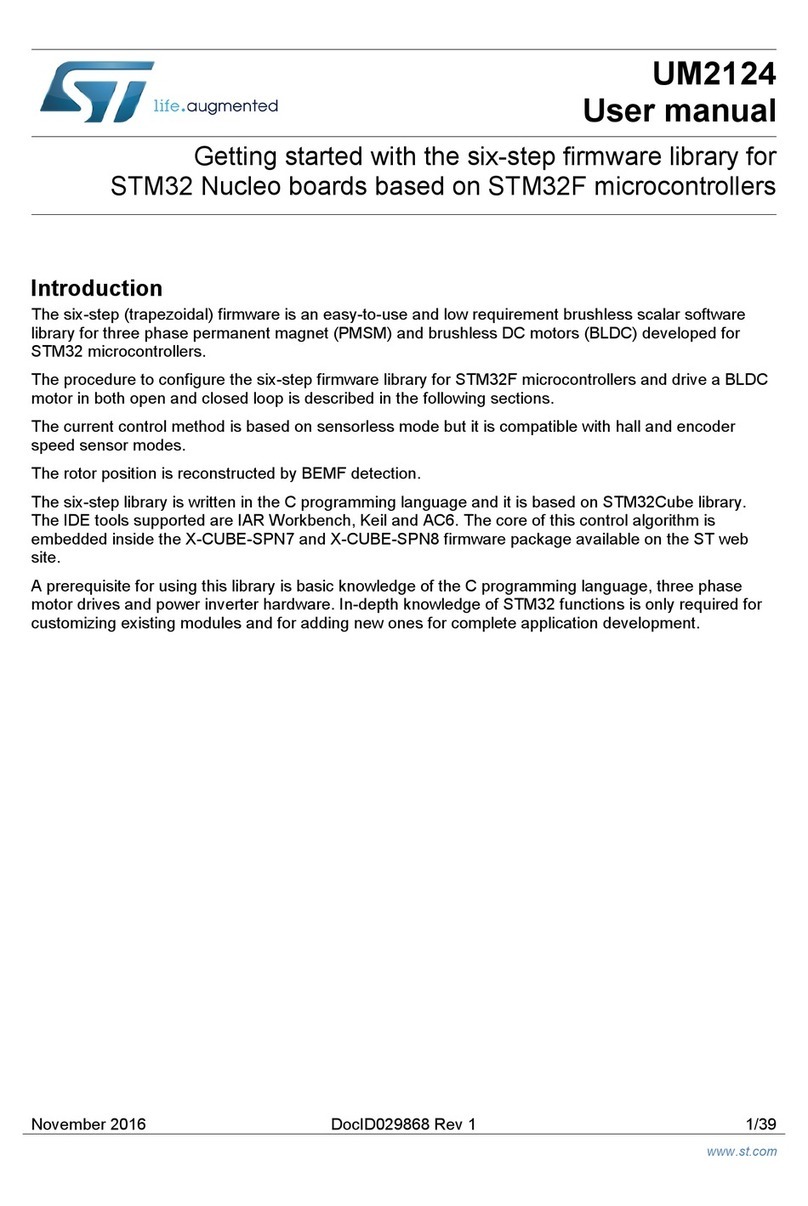
ST
ST STM32 Nucleo User manual
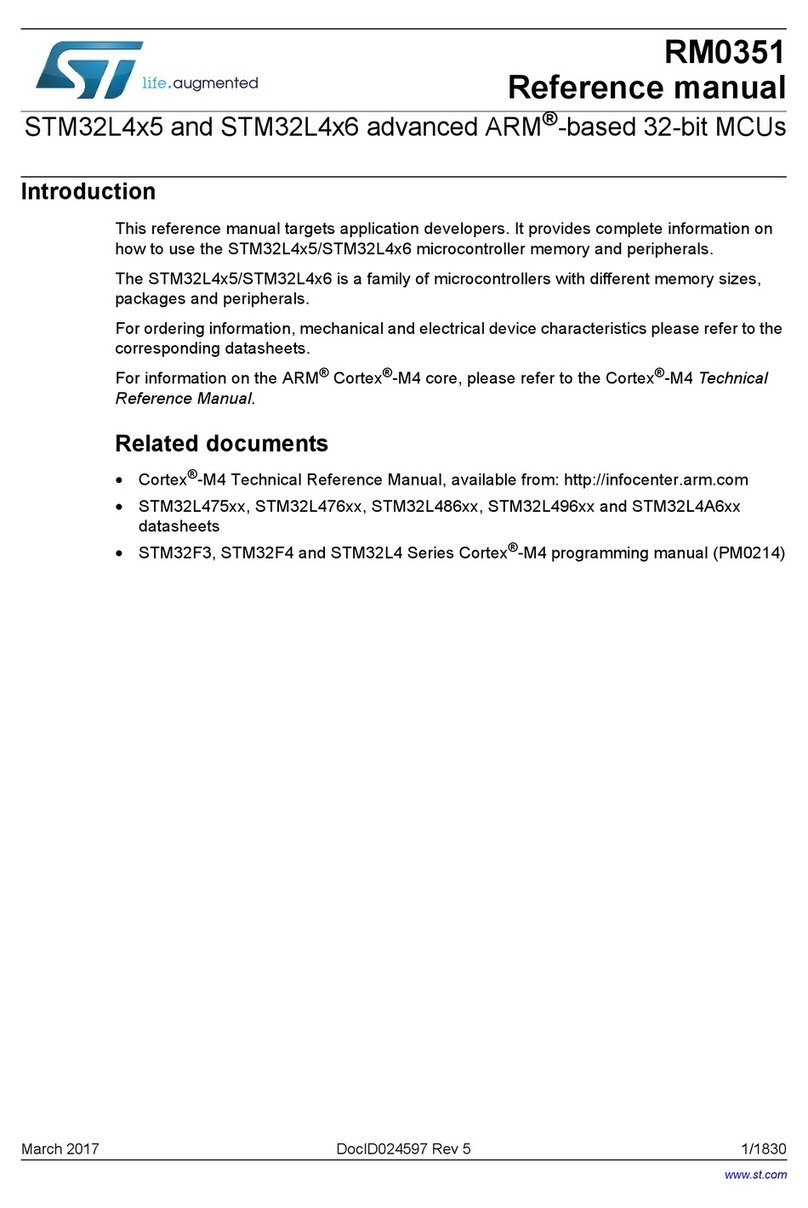
ST
ST STM32L4 5 Series User manual
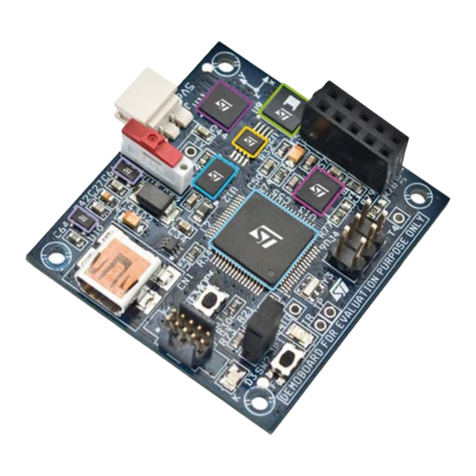
ST
ST iNEMO STEVAL-MKI062V2 Series User manual
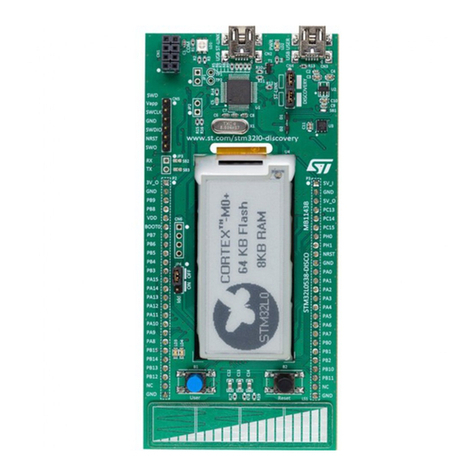
ST
ST STM32F0 Series Installation and operating instructions
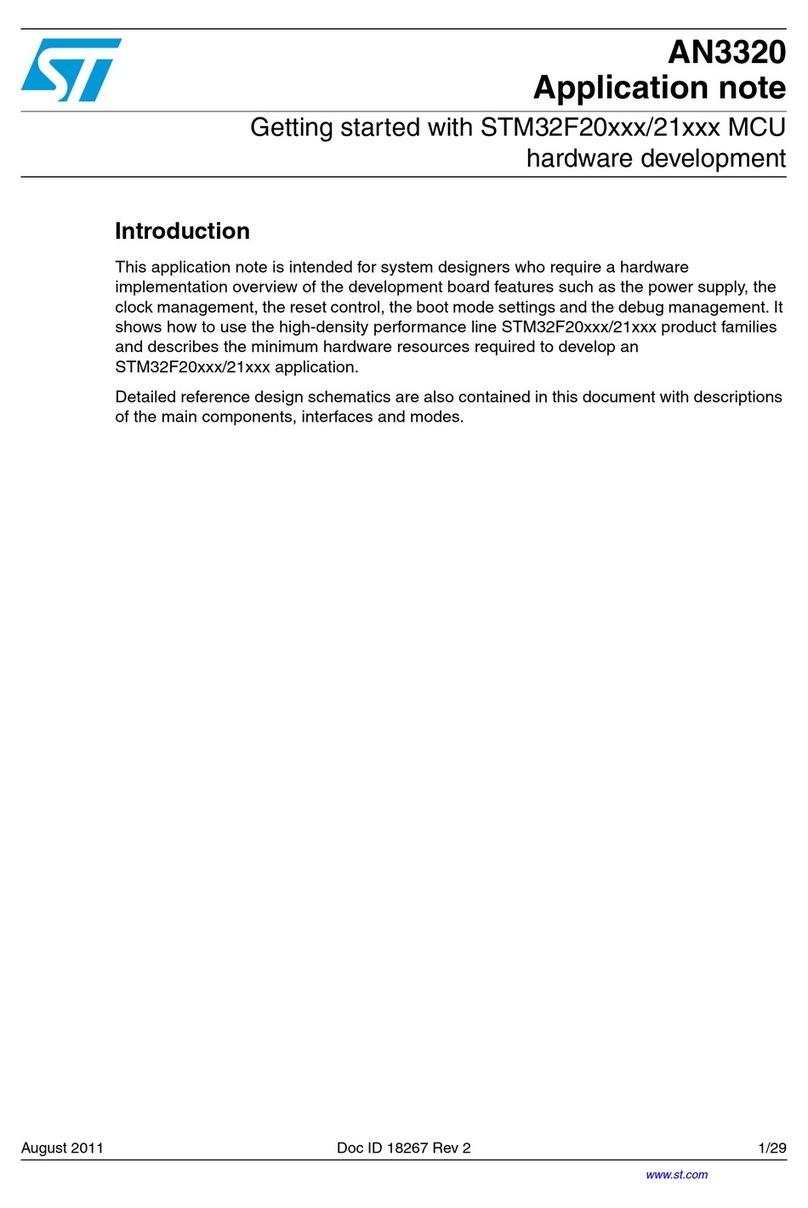
ST
ST STM32F20 Series Installation and operating instructions
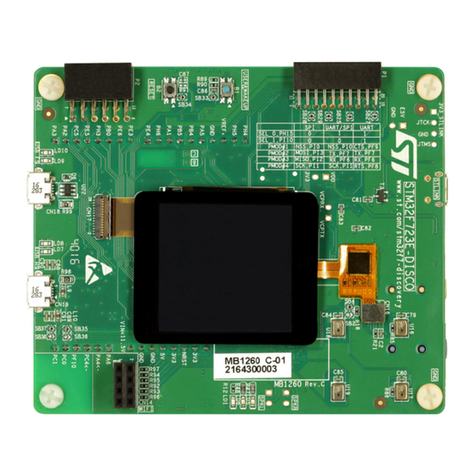
ST
ST UM2140 User manual
Popular Microcontroller manuals by other brands

Novatek
Novatek NT6861 manual
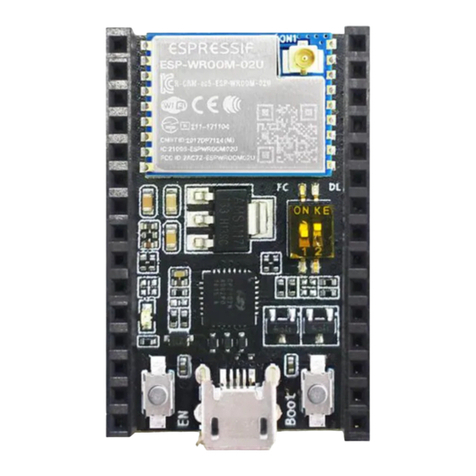
Espressif Systems
Espressif Systems ESP8266 SDK AT Instruction Set

Nuvoton
Nuvoton ISD61S00 ChipCorder Design guide

STMicrolectronics
STMicrolectronics ST7 Assembler Linker user manual

Texas Instruments
Texas Instruments Chipcon CC2420DK user manual

Lantronix
Lantronix Intrinsyc Open-Q 865XR SOM user guide

